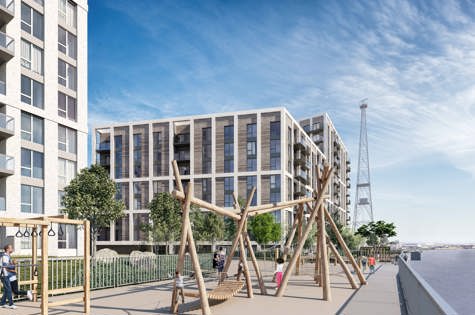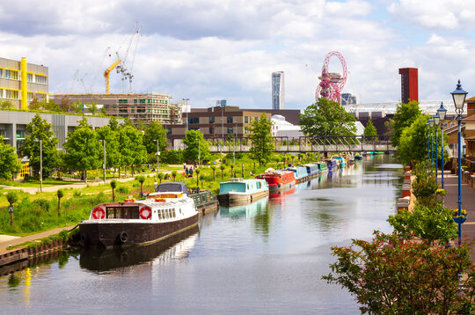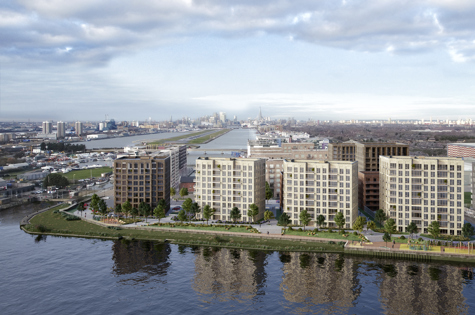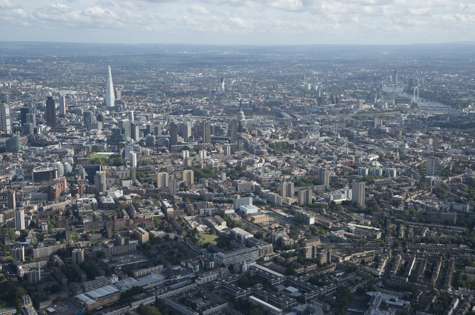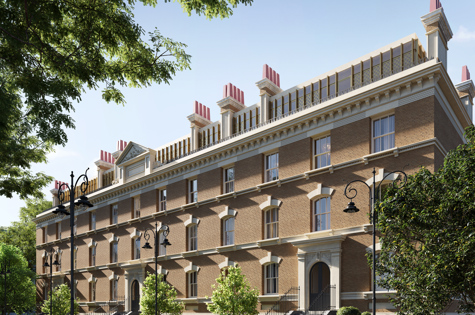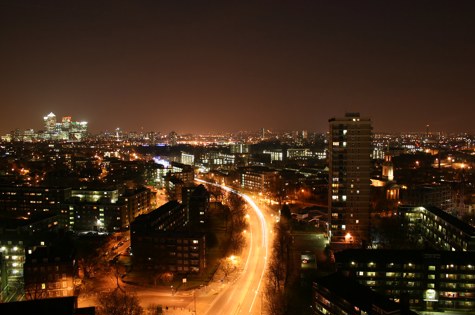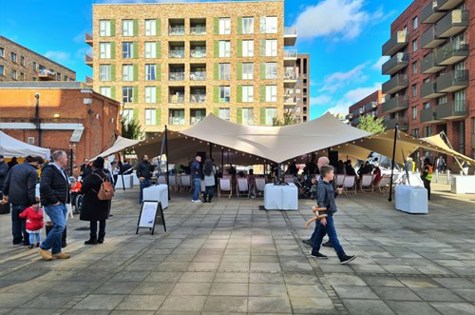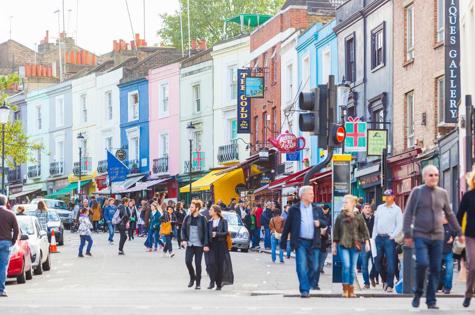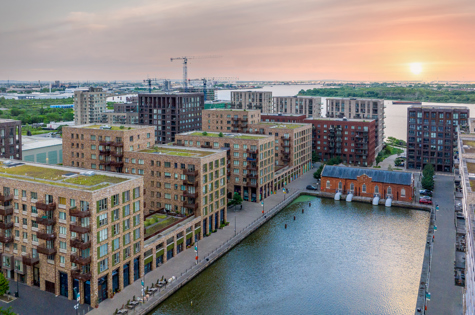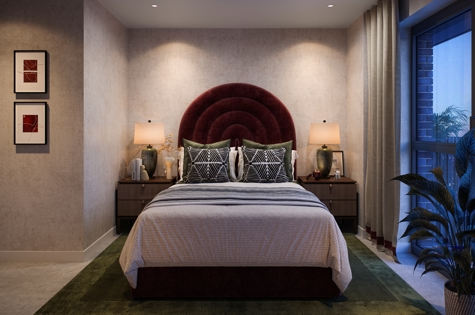Is Building on Grey Belt Land Bad for the Environment?
With the ongoing housing crisis putting pressure on urban areas across the UK, attention has shifted to previously overlooked land types. You may have heard the term ‘grey belt land’ mentioned alongside green belt policies recently, but what does it mean, and is building on it a sustainable solution?
In this article, we’ll explore what grey belt land is, its environmental implications, and how responsible development could play a key role in addressing housing shortages.
What is Grey Belt Land?
Grey belt land is a relatively new concept referring to poor-quality or underused land within a green belt area. These often include:
- Disused car parks
- Former industrial sites
- Low-density, poorly maintained or inaccessible land
Green Belt land is protected to prevent urban sprawl and preserve green space, whereas grey belt areas offer development potential without encroaching on open countryside.
The idea behind identifying these areas is to make it easier to develop them for housing or other uses, while minimising the impact on the wider green belt.
Environmental Concerns
Any form of urban development can raise environmental questions, and grey belt is no exception. Common concerns include:
- Loss of urban biodiversity: Derelict land may serve as informal habitats for wildlife.
- Increased pollution and traffic: Without proper planning, new developments could put extra pressure on local roads and air quality.
- Strain on infrastructure: Older urban zones may need upgrades on drainage systems or public services to support higher-density living.
To avoid or minimise these impacts, sustainability and community engagement are key.
Potential Benefits of Grey Belt Development
While concerns exist, there are also strong arguments in favour of grey belt housing. When it’s approached responsibly, it can:
- Renew disused spaces: Breathing new life into neglected areas supports local economies and communities.
- Reduce urban sprawl: Focusing on land within or near cities prevents the spread of housing into rural landscapes.
- Support sustainable transport: Grey belt land is often near existing public transport links, reducing car dependency.
Planning restrictions are generally more flexible for grey belt sites, and by focusing development on these areas, local authorities and developers can help protect valued green spaces while still addressing urgent housing needs.
Sustainable Development Strategies
To make sure grey belt housing supports sustainability, strategies include:
- Retaining green pockets of space by incorporating communal gardens, parks or rooftop planting.
- Focusing on producing energy-efficient designs using sustainable materials, insulation and low-energy appliances.
- Promoting active travel by enhancing access to walking routes, cycle paths and nearby public transport.
- Preserving local biodiversity by creating new habitats, enhancing existing ones and connecting them to form a wider ecological network.
Looking Ahead
So, is building on grey belt land bad for the environment? Not necessarily. With the right planning, design, and infrastructure, it can be a sustainable alternative to green belt development and a crucial tool in addressing the UK’s housing shortage.
As local authorities and housing providers explore grey belt solutions, your voice matters too. Get involved in local planning consultations and help shape the future of your community.
At NHG Homes, we support development strategies that strike a balance between meeting housing demand and minimising environmental impact, especially in locations where housing is most needed. Browse our range of properties here.














